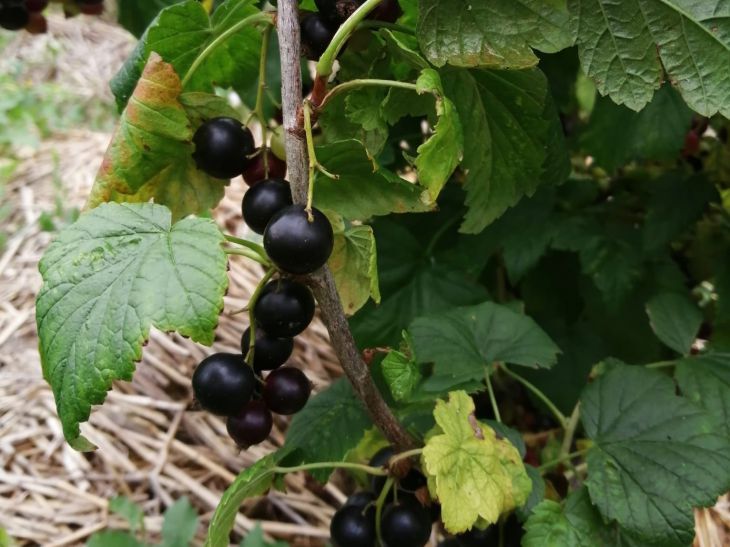A good currant harvest depends on proper care during the growing season. Gardeners told how to care for currants in the spring.
Features of caring for currant bushes after the snow melts.
Remove the shelter
In cold regions, currants are covered to protect them from frost. As soon as the snow melts and the air temperature is at least 10 degrees Celsius, the cover must be removed, otherwise the bushes will begin to rot.
When the soil dries out, you should thoroughly clean the area around the currants, remove plant debris, dry leaves, garbage and last year's mulch.
This procedure is important because pests and pathogenic bacteria hide for the winter in the garbage around the plant. Look for swollen buds on the bushes, because they should be torn off and burned. Spider mites overwinter in such buds.

Perform pruning
Pruning is done before the sap starts to flow in the plants. To do this, you need to remove all diseased and dry leaves, broken branches, as well as those that grow inside the bush and lie on the ground.
Treatment for diseases
In early spring, the bushes need preventive treatment against diseases. Bordeaux mixture is best suited for this. Before the sap starts to flow, treat the currant bushes with a 3% solution of Bordeaux mixture.
The mixture must be prepared according to the instructions and used immediately, because it cannot be stored. After treatment, each branch of the bush must be covered with the product.
Top dressing
As soon as the bushes begin to bear fruit, they need fertilizers. In the spring, currants are fed before flowering. It can be any, suitable for berry crops. "Agricola" is well suited. For 10 liters of water, you need to add 2 tbsp. of fertilizer and 1 tbsp. of potassium sulfate. One bush needs 20 liters of fertilizer. Before adding fertilizer, each bush needs to be watered. To retain moisture in the soil, mulch is made from humus or compost in the rod circle.
By following these recommendations, you can get a generous and high-quality currant harvest.








